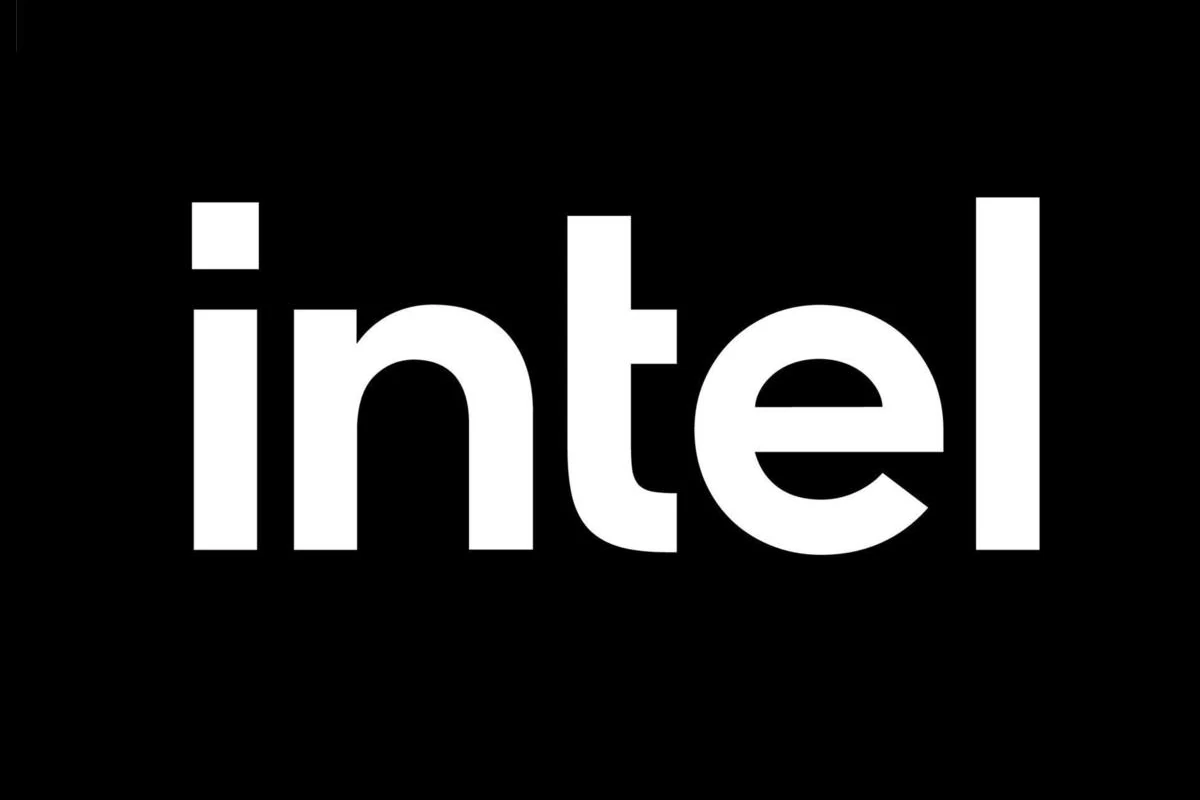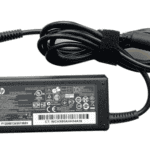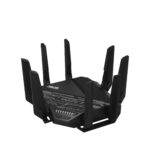Intel, the tech giant known for its processors, may split into two separate publicly traded companies sooner than anticipated. The potential division would create Intel Products and Intel Foundry Services. Rumors suggest that details of this significant restructuring could be revealed as early as the upcoming earnings report on January 23, 2025.
This move aligns with Intel’s ongoing efforts to revitalize its business and compete more effectively in the rapidly evolving semiconductor industry. The company has faced challenges in recent years, including increased competition and manufacturing setbacks. By separating its product development and manufacturing arms, Intel aims to improve efficiency and focus on its strengths in each area.
The potential split could have far-reaching implications for the tech industry. Intel Foundry Services would focus on manufacturing chips for other companies, while Intel Products would continue developing and selling Intel-branded processors. This strategy may allow Intel to better compete with dedicated foundries like TSMC and attract new customers for its manufacturing services.
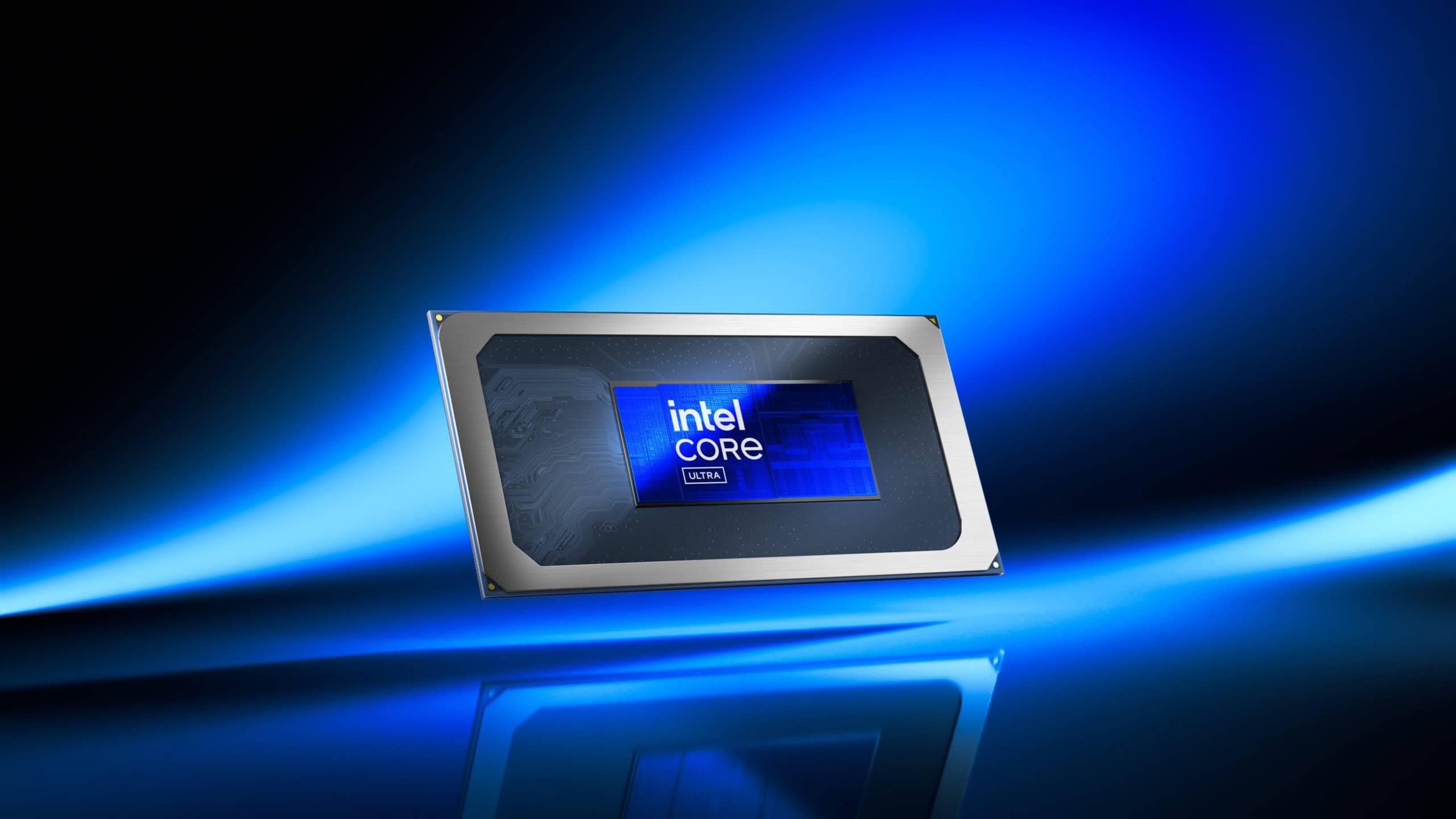
Intel’s Restructuring: Splitting Up to Conquer the Chip Market
The Two Sides of Intel
Intel has effectively divided its business into two primary segments:
- Intel Foundry Services (IFS): This part of Intel manufactures chips for other companies. Think of it like a contract manufacturer. They handle the entire process of chip creation, from technology development and supply chains to fabrication and packaging services.
- Intel Products: This division focuses on designing and developing Intel’s own products. This includes CPUs for desktops and laptops, networking equipment, and more.
Why is Intel Splitting?
This split allows each business to concentrate on its core strengths and pursue growth more effectively. It also helps Intel attract more foundry customers who might have hesitated to use Intel’s manufacturing services when they were also a direct competitor.
What This Means for the Future
While it’s still early to tell the full impact of this split, it signals Intel’s commitment to remaining a major player in the evolving semiconductor industry. This move could lead to greater agility, responsiveness to market changes, and potentially, greater overall success for both businesses.
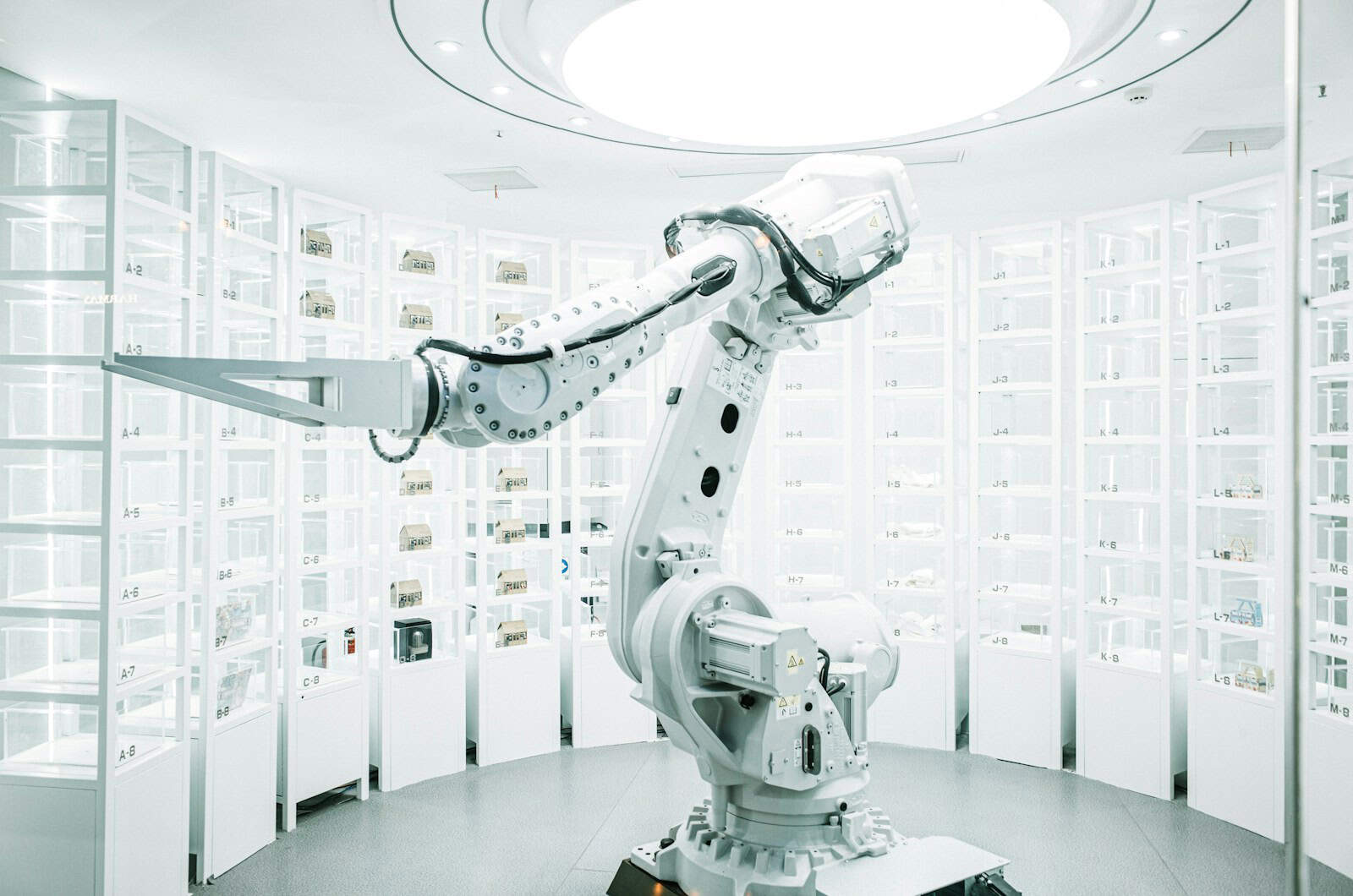
Looking Ahead: Intel’s Upcoming Earnings Report
Intel’s upcoming earnings report is estimated to be released on January 23, 2025. This report will likely offer valuable insights into the performance and future plans of both IFS and Intel Products. Keep an eye on Intel’s Investor Relations website and major financial news websites for updates.
Intel’s Financial Performance
| Metric | Q3 2024 | Q2 2024 | Q1 2024 |
| Revenue | $13.48 billion | $12.96 billion | $11.72 billion |
| Gross Margin | 39.9% | 35.2% | 34.2% |
| Operating Income | $657 million | -$281 million | -$2.85 billion |
| Net Income | $848 million | -$1.98 billion | -$2.76 billion |
Intel’s Stock Performance
Intel’s stock (INTC) has seen some volatility in recent times. Factors like the overall market conditions, competition in the semiconductor industry, and the company’s restructuring efforts have all played a role.
Analyst Ratings and Price Targets
Several analysts have weighed in on Intel’s stock, offering a mix of ratings and price targets. It’s crucial to consider these opinions in the context of your own investment goals and risk tolerance.
The Future of Intel
Intel’s future hinges on its ability to execute its restructuring plans effectively and capitalize on the growth opportunities in the semiconductor market. The company’s investments in advanced technologies, like artificial intelligence and autonomous driving, could also play a significant role in its future success.
Competition in the Chip Market
Intel faces stiff competition from companies like AMD, NVIDIA, and TSMC. Each of these companies has its own strengths and weaknesses, making the semiconductor market a dynamic and exciting space to watch.
Key Takeaways
- Intel may split into two separate companies: Intel Products and Intel Foundry Services
- The split could be announced during the January 23, 2025 earnings report
- This move aims to improve Intel’s competitiveness in the semiconductor industry
Implications of Intel’s Potential Split
Intel is undergoing a significant transformation by splitting into two main segments: Intel Foundry Services (IFS), which will manufacture chips for other companies, and Intel Products, which will focus on its own designs and developments.
This restructuring would aim to enhance core competencies and address concerns from potential foundry customers about competing interests. It reflects Intel’s commitment to adapting to the semiconductor industry and maintaining its competitive position.
The upcoming earnings report on January 23, 2025, will be closely monitored for insights into the performance of both segments and their impact on Intel’s financial standing and stock price.
Intel’s potential division into two separate companies could reshape the semiconductor industry landscape. This move may affect strategic focus, market dynamics, and financial outcomes for both entities.
Strategic Focus and Market Response
A split could allow Intel Products and Intel Foundry Services to specialize in their core competencies. Intel Products might accelerate chip design innovation, potentially leading to more competitive offerings in the CPU and GPU markets. This focus could help Intel regain ground lost to rivals like AMD and NVIDIA.
Intel Foundry Services, as a standalone entity, could better compete with established foundries like TSMC. It might attract more third-party customers who previously hesitated to work with a competitor. This change could boost Intel’s position in the contract chip manufacturing sector.
The semiconductor industry might see increased competition and innovation as a result. Customers could benefit from more choices and potentially lower prices.
Financial Impact and Shareholder Value
The split could unlock hidden value within Intel’s diverse operations. Each company might achieve more accurate market valuations based on their specific business models and growth prospects.
Investors may find it easier to assess the performance of each entity separately. This transparency could lead to more targeted investments and potentially higher overall shareholder value.
However, the split might also involve significant costs. Restructuring expenses, new management teams, and separate infrastructure could impact short-term profitability.
The capital structure of both companies would need careful consideration. Intel Foundry Services might require substantial funding for ongoing fab development and upgrades. This could affect its initial financial stability and growth potential.
Operational Considerations for the Spinoff
Intel’s potential split into two separate companies brings significant operational challenges. The company must carefully manage its manufacturing operations and technological partnerships to ensure a smooth transition.
Reorganizing Manufacturing Operations
Intel’s manufacturing spinoff would require a major reorganization of its fabs and factories. The company operates several facilities worldwide, including new developments in Ohio. Intel Foundry Services (IFS) would likely take control of these assets.
IFS already operates as a separate unit with its own operational board. This structure provides a foundation for the spinoff. The division would need to establish independent supply chains and workforce management systems.
A key challenge is allocating resources between IFS and Intel Products. Both entities require access to advanced manufacturing capabilities. Clear agreements on fab usage and priority would be essential.
Technological Advancements and Partnerships
The spinoff could accelerate Intel’s technological progress. IFS would focus solely on manufacturing, potentially speeding up advancements in processes like 18A.
Partnerships would play a crucial role. IFS might collaborate more closely with chip designers like ARM or Nvidia. These relationships could bring new customers and technologies to Intel’s fabs.
Intel Products would need to secure manufacturing capacity. It might partner with other foundries like TSMC or Samsung for some chip production. This multi-sourcing strategy could reduce risk and increase flexibility.
The split could also impact Intel’s AI efforts. Both companies would likely continue AI development, but with different focuses. IFS might prioritize AI-optimized manufacturing, while Intel Products could concentrate on AI chip design.

